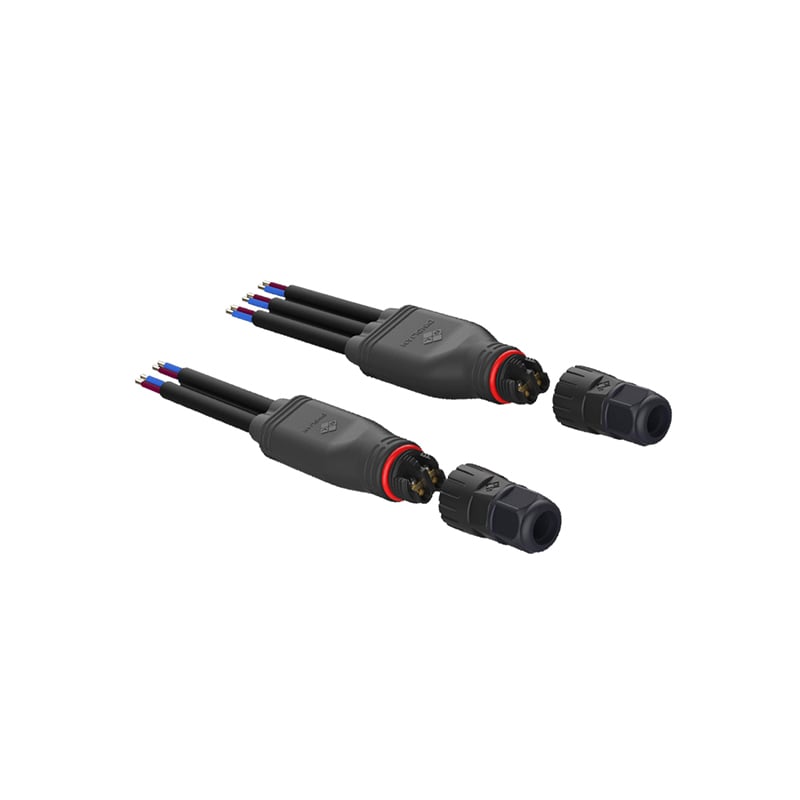Understanding the Connector at the End of Your Serial Cable
Serial cables have been in use since the 1970s, and despite the advent of wireless connectivity and USB, they are still widely used today in various devices. But what type of connector are you likely to find at the end of a serial cable? Let’s take a closer look.
1. The RS-232 Connector
The most common type of connector found at the end of a serial cable is the RS-232 connector. It’s a 9-pin connector that was first introduced by the EIA (Electronic Industries Association) in the mid-1960s. This connector is still widely used in low-speed devices, such as scientific equipment, barcode scanners, and industrial equipment.
2. The DB-25 Connector
The DB-25 connector is a 25-pin connector that was once popular for connecting computer peripherals, such as printers and modems. It’s less common than the RS-232 connector, but you may still come across it today in certain devices.
3. The DB-9 Connector
Another connector that you may find at the end of a serial cable is the DB-9 connector. This is a 9-pin connector that is similar to the RS-232 connector, but it has a smaller profile. It’s commonly used in devices that require a more compact size, such as laptops and mobile phones.
4. The Mini-DIN Connector
The Mini-DIN connector is a smaller 9-pin connector that is commonly used in Apple Macs. It’s often found at the end of a serial cable that connects a Mac to a modem or printer.
5. The USB Connector
While not technically a serial cable connector, the USB connector has largely replaced serial cables in modern devices. However, some older devices may still use a USB to serial cable adapter that has a serial connector at one end and a USB connector at the other.
6. The Ethernet Connector
Another connector that you might find at the end of a serial cable is the Ethernet connector. Ethernet is a type of networking technology that is commonly used in computer networks, and you may find serial to Ethernet adapters that have a serial connector at one end and an Ethernet connector at the other.
7. The HDMI Connector
The HDMI (high-definition multimedia interface) connector is commonly used for transmitting audio and video signals. It’s not a connector that you would typically find at the end of a serial cable, but you may come across a serial to HDMI adapter that has a serial connector at one end and an HDMI connector at the other.
8. The VGA Connector
The VGA (video graphics array) connector was once the standard connector for computer monitors. While it’s less common now, you may still come across a serial to VGA adapter that has a serial connector at one end and a VGA connector at the other.
9. The DVI Connector
The DVI (digital visual interface) connector is commonly used for connecting computer monitors to desktop computers. Like the VGA connector, it’s less common now, but you may still find a serial to DVI adapter that has a serial connector at one end and a DVI connector at the other.
10. The Null Modem Connector
The null modem connector is a special type of serial cable that is used to connect two computers together for file transfer or other purposes. It has a special wiring configuration that allows the data to flow in both directions. The connector at the end of a null modem cable can vary, but it’s usually an RS-232 or DB-9 connector.

